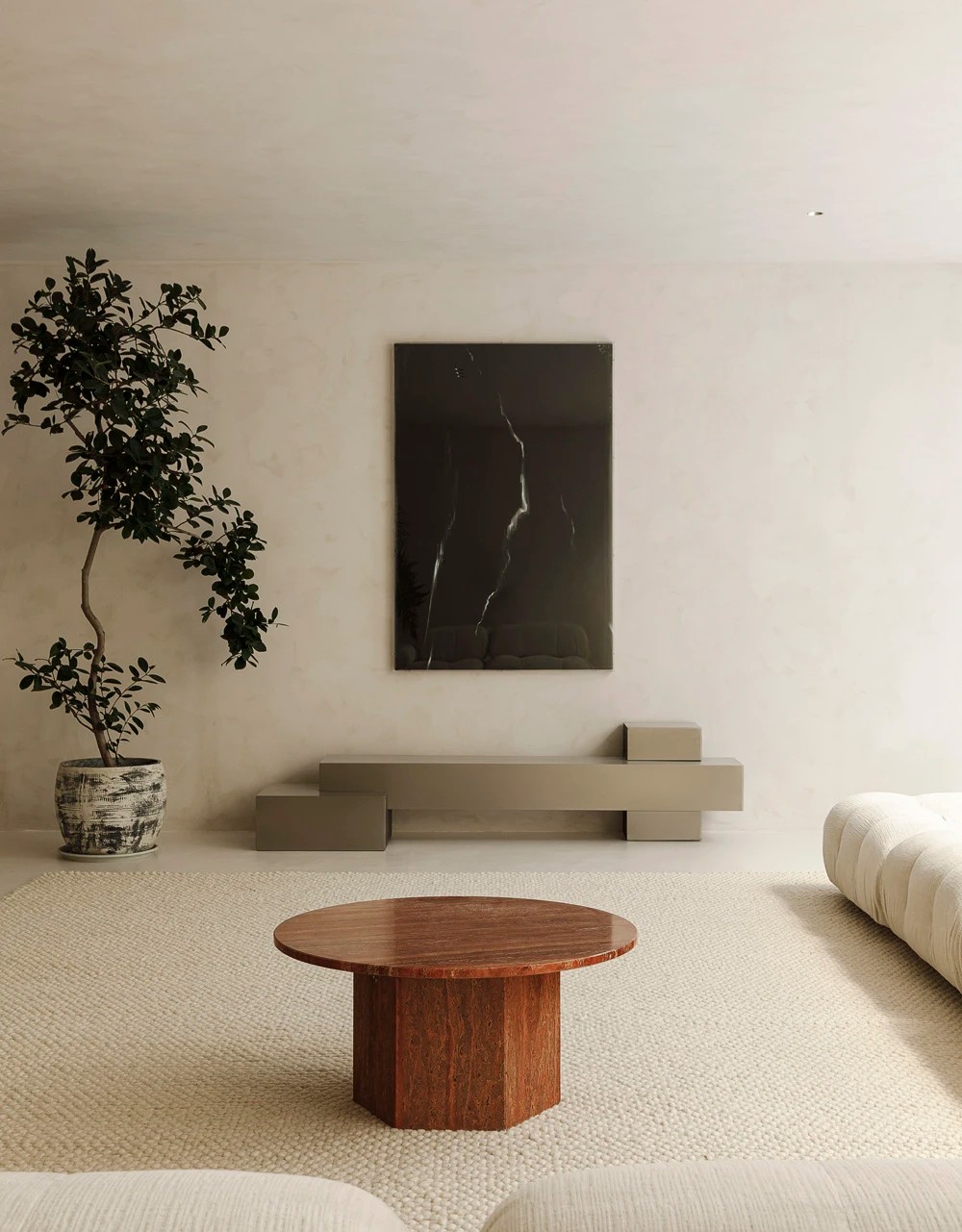Charles Smith Wines Jet City Olson Kundig
2018-10-29 14:00
架构师提供的文本描述。最初是佩珀博士的瓶装厂,后来又是一个回收中心,查尔斯史密斯葡萄酒喷气城的设计尽量保留了它来之不易的工业帕蒂纳,同时向周围的西雅图社区、波音机场的跑道和山的壮观景色开放。雷尼尔。在大楼顶上,几乎七英尺高的字母以广告牌的形式包裹着大楼,上面写着“查尔斯·史密斯美酒喷气城”(CharlesSmith Wines JetCity)。
Text description provided by the architects. Originally a Dr. Pepper bottling plant and later a recycling center, the design of Charles Smith Wines Jet City preserves as much of its hard-won industrial patina as possible, while opening up the building to the surrounding Seattle neighborhood, the runways of Boeing Field, and dramatic views of Mt. Rainier. On top of the building, nearly seven-foot-tall letters wrap the building in billboard fashion, announcing “Charles Smith Wines Jet City.”
Text description provided by the architects. Originally a Dr. Pepper bottling plant and later a recycling center, the design of Charles Smith Wines Jet City preserves as much of its hard-won industrial patina as possible, while opening up the building to the surrounding Seattle neighborhood, the runways of Boeing Field, and dramatic views of Mt. Rainier. On top of the building, nearly seven-foot-tall letters wrap the building in billboard fashion, announcing “Charles Smith Wines Jet City.”
原32,000平方英尺的建筑由两座结构组成,一座是两层办公楼,另一座是连续的开放式钢桁架仓库。他们共同提供空间,从葡萄粉碎,桶储存和装瓶,品尝室和销售。这座20世纪60年代的建筑的改造涉及拆除部分街道外墙,取而代之的是19x60英尺长的窗户,这使得大楼向社区开放,并能看到景色。
The former 32,000 square-foot building is composed of two structures, a two-floor office building and a contiguous open-structure steel truss warehouse. Together, they provide space for everything from grape crush to barrel storage and bottling, to tasting rooms and sales. The transformation of this 1960s era building involved the removal of a portion of the exterior street-side façade replacing it with a 19x60-foot span of windows, opening the building up to the neighborhood and views.
The former 32,000 square-foot building is composed of two structures, a two-floor office building and a contiguous open-structure steel truss warehouse. Together, they provide space for everything from grape crush to barrel storage and bottling, to tasting rooms and sales. The transformation of this 1960s era building involved the removal of a portion of the exterior street-side façade replacing it with a 19x60-foot span of windows, opening the building up to the neighborhood and views.
一旦穿过二十英尺高的钢入口门,游客就可以选择两个品尝室。质朴、入门级的休息室配有抛光的混凝土地板、外露的木龙骨、滑动的黑色钢墙板、由6x6x6英寸的层压打捞器制成的木质鸡尾酒桌,以及由堆放的、救助的木材制成的杆。
Once through the twenty-foot-tall steel entry door, visitors have the choice of two tasting rooms. The rustic, entry-level lounge features polished concrete floors, exposed wood joists, sliding black steel wall panels, wood cocktail tables made from laminated salvaged 6 x 6’s, and a bar made of stacked, salvaged wood.
Once through the twenty-foot-tall steel entry door, visitors have the choice of two tasting rooms. The rustic, entry-level lounge features polished concrete floors, exposed wood joists, sliding black steel wall panels, wood cocktail tables made from laminated salvaged 6 x 6’s, and a bar made of stacked, salvaged wood.
© Kevin Scott / Olson Kundig
史密斯说:“对于葡萄酒,我们谈论太多‘Terroir’,谈论葡萄生长的土壤。”“在同样的意义上,我希望喷气城能够与乔治敦的网络联系起来,以庆祝我们地区制造业和航空业的辉煌历史。”葡萄酒就像乔治敦一样有着悠久的历史。这是过去,是现在,是永远。“
“With wine, we talk so much about the ‘terroir,’ about the soil in which the grapes grow,” Smith said. “In the same sense, I wanted Jet City to be connected to the fabric of Georgetown, to celebrate that proud history of manufacturing and aviation in our region. Wine has a history just like Georgetown. It’s the past, it’s now, it’s forever.”
“With wine, we talk so much about the ‘terroir,’ about the soil in which the grapes grow,” Smith said. “In the same sense, I wanted Jet City to be connected to the fabric of Georgetown, to celebrate that proud history of manufacturing and aviation in our region. Wine has a history just like Georgetown. It’s the past, it’s now, it’s forever.”
插入原结构的钢板楼梯将一楼休息室与宽敞的二楼品尝室连接起来。酒厂的第二层实际上捕捉到了20世纪60年代早期的航空氛围,它的原始木地板,白色卷软垫周边座椅,中间舞台粉末蓝色卢西特顶部的车轮酒吧。这间品尝室俯瞰波音机场的跑道,提供了引人注目的MT景观。雷尼尔,而第二套室内窗户允许客人查看酿酒过程。
A plate-steel staircase inserted into the original structure connects the first-floor lounge to the expansive second-floor tasting room. The winery’s second story effectively captures an early 1960s aviation vibe with its original wood floor planks, white tuck-and-roll upholstered perimeter seating, and center stage powder-blue Lucite-topped bar on wheels. This tasting room overlooks the runways of Boeing Field and provides dramatic views of Mt. Rainier, while a second set of interior windows allows guests to view the winemaking process.
A plate-steel staircase inserted into the original structure connects the first-floor lounge to the expansive second-floor tasting room. The winery’s second story effectively captures an early 1960s aviation vibe with its original wood floor planks, white tuck-and-roll upholstered perimeter seating, and center stage powder-blue Lucite-topped bar on wheels. This tasting room overlooks the runways of Boeing Field and provides dramatic views of Mt. Rainier, while a second set of interior windows allows guests to view the winemaking process.
Location Seattle, Washington, United States
Lead Architects Olson Kundig
Design Principal Tom Kundig, FAIA, RIBA
Project Manager Michael Picard, LEED AP
Project Architect Mark Olthoff
Architectural Staff Yousman Okano
Photographs Nic Lehoux, Kevin Scott / Olson Kundig
Category Restaurants & Bars
 举报
举报
别默默的看了,快登录帮我评论一下吧!:)
注册
登录
更多评论
相关文章
-

描边风设计中,最容易犯的8种问题分析
2018年走过了四分之一,LOGO设计趋势也清晰了LOGO设计
-

描边风设计中,最容易犯的8种问题分析
2018年走过了四分之一,LOGO设计趋势也清晰了LOGO设计
-

描边风设计中,最容易犯的8种问题分析
2018年走过了四分之一,LOGO设计趋势也清晰了LOGO设计




































































